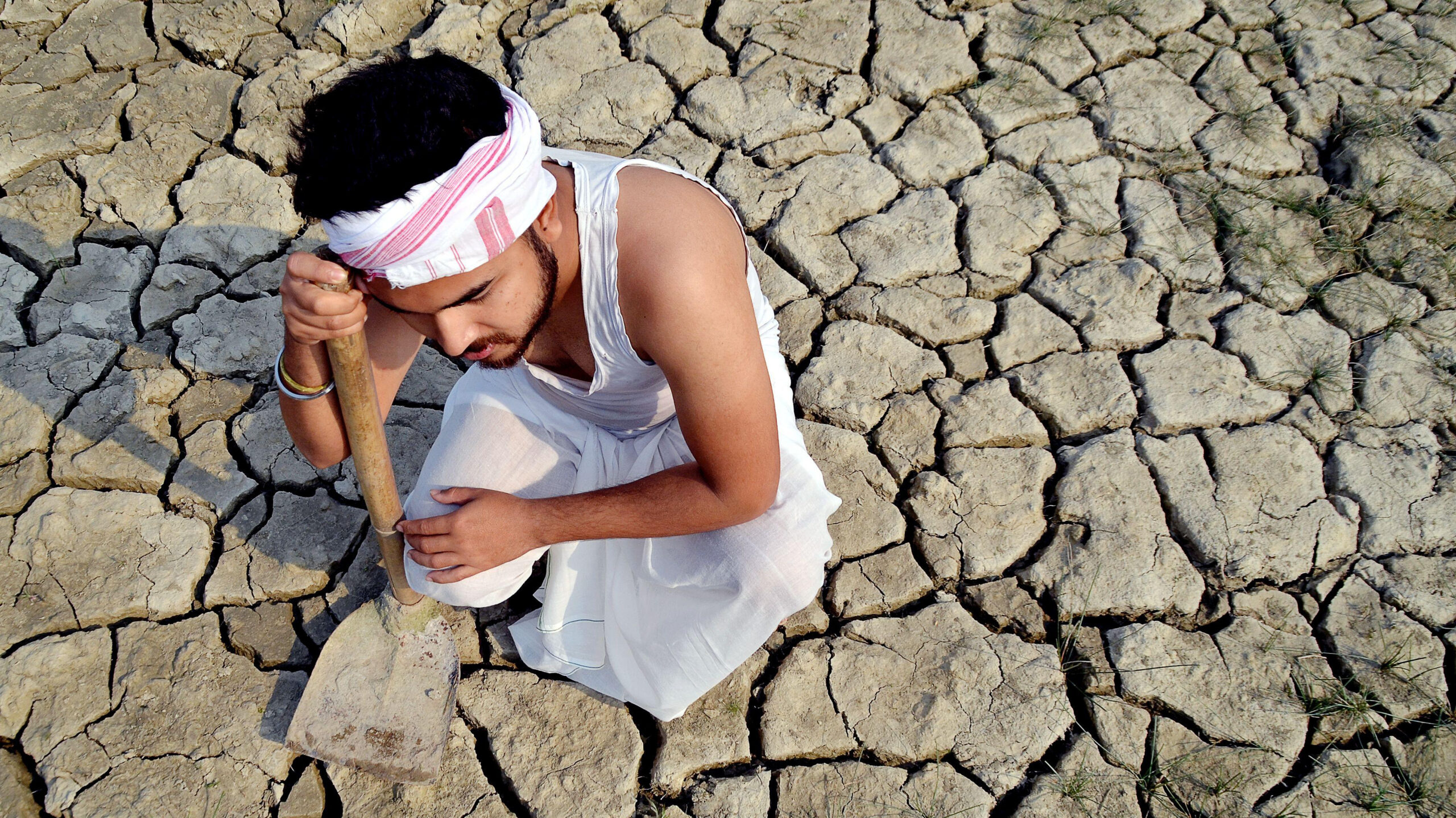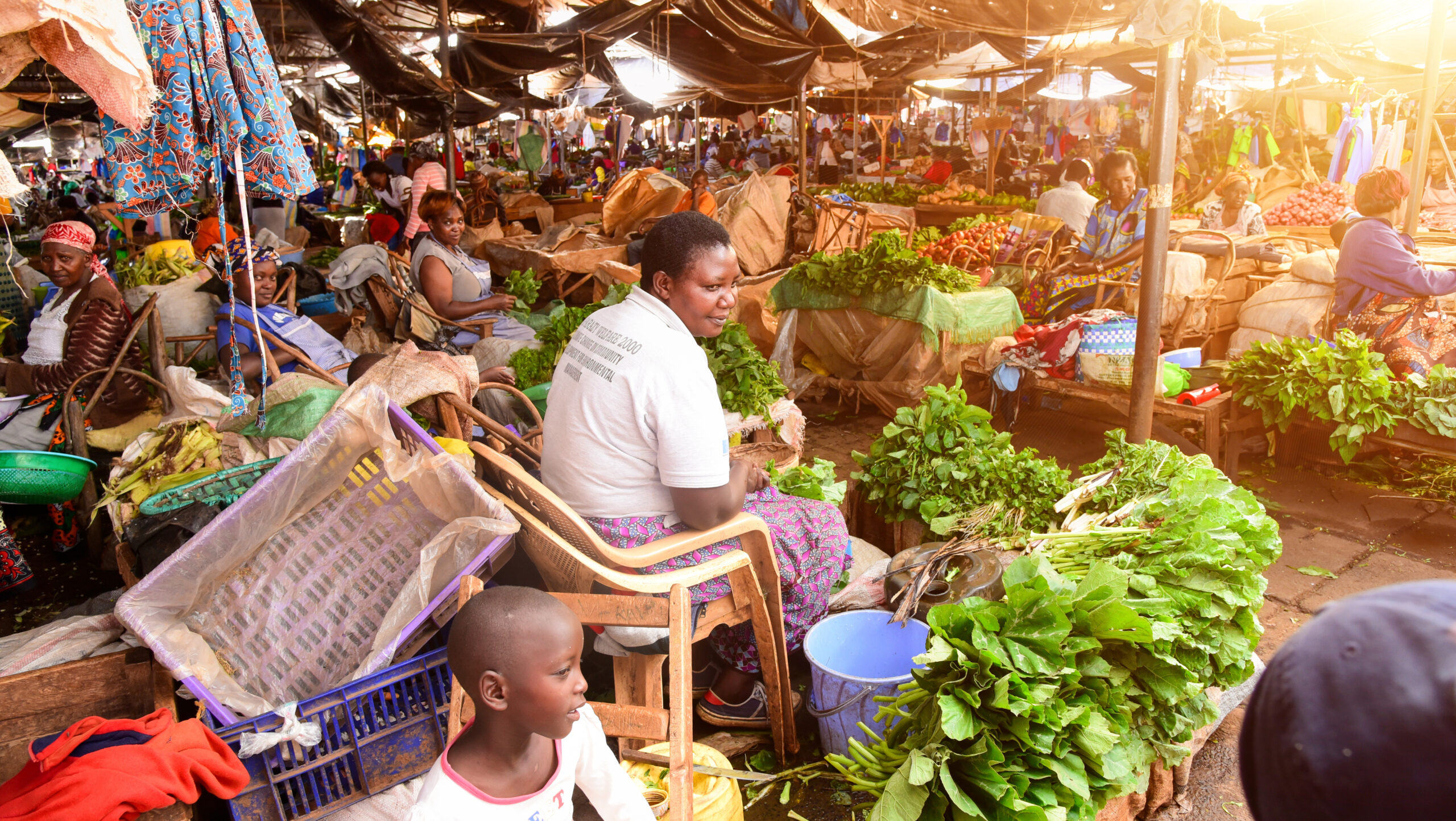The Democratic Republic of Congo (DRC) has the highest rate of malnutrition in the world. The country possesses 80 million hectares of arable land, but only 10 percent is being used. The DRC is an anomaly as it fails to use its vast land and water resources to feed itself. In a discussion paper on malnutrition in the DRC John Ulimwengu examines ways to improve nutrition. Approximately 50 percent of the population is deficient in vitamin B12, riboflavin, iron, vitamin E, folate and zinc.
The author suggests combating malnutrition in the country through agriculture reform and development, instead of food aid. The prolonged influx of food aid will not create lasting sustainable solutions for fighting hunger; food aid competes with and discourages local food production. It is unnecessary, given the current vast unused amounts of arable land. If farmers were to grow more rice and maize the country would have the ability to both sufficiently feed itself and become a net food exporter. Encouraging local food production is the only way for the country to create a food system that can feed the entire population. Nonetheless, some social protection programs, including targeted food transfers, are necessary to protect severely malnourished groups.
By investing in rural infrastructure, extension services, agricultural research, science, and technology, the DRC can tap into its abundant resources to feed its malnourished population. The paper ends with a recommendation that the government should encourage and support farmers by improving their access to input and output markets, seeds, fertilizer, and credit.







